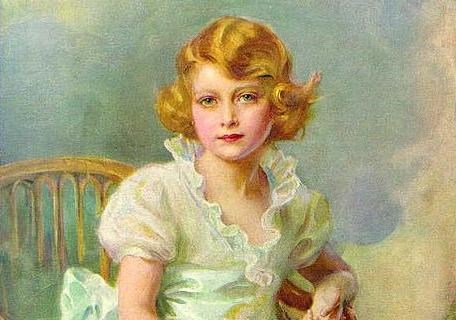Buy this advertising space
my.britevents.com/adsThis ad costs just £0.001 per page. Can you afford NOT to buy this advert?

my.britevents.com/adsThis ad costs just £0.001 per page. Can you afford NOT to buy this advert?

www.booking.comSave up to 40% off UK hotel rooms. The perfect weekend getaway.

redletterdays.comIrresistable gifts, including short breaks, thrills, attractions, adventure and gifts.
As the oldest British monarch in history, Queen Elizabeth II has seen it all. She has ruled for a whopping sixty years, and is only the second monarch to celebrate a Diamond Jubilee. We take a look at her six decades on the throne, including her highs and lows.

She has reigned over Britain for more than 60 years, during which time she has grown from a nave young woman into the wise old matriarch of the royal family. Now Queen Elizabeth II, the 40th monarch since William the Conqueror in 1066, is close to being the country's longest-serving monarch.
Princess Elizabeth was only in her mid-20s when news arrived that her father, George VI, had died in his sleep in 1952. She was in Kenya with her husband, Prince Philip, on the first leg of a Commonwealth tour; the news must have come as a considerable shock, even though the King had been ill for some time.
She was about the same age as her namesake, Elizabeth I (1558-1603), who also became queen in her 20s after her half-sister Mary I's death. And like the Tudor Elizabeth, Elizabeth II found herself at the head of a state populated overwhelmingly with powerful men such as the Prime Minister, Winston Churchill. Fortunately, by the time her father died, the Second World War was history, although its aftermath came to define the early years of her reign.
Elizabeth II was the 39th sovereign to be crowned at Westminster Abbey; this traditional event took place on 2 June 1953, and was the first to be televised by the British Broadcasting Corporation (BBC). It was attended by more than 8,000 guests, and was officiated by the Archbishop of Canterbury.
Her early years on the throne weren't easy. Apart from the many political issues she faced such as the Cold War between the United States and the Soviet Union, the sweet rationing that ended in 1953, and the Suez Crisis of 1956 between Egypt on one hand and Britain, France and Israel on the other hand, it was the personal complications that were usually more problematic.
Her younger sister, Margaret, for instance, wanted to marry Peter Townsend, who was 16 years her senior, and a divorced commoner. To make matters worse, he had two children from his previous marriage. The Queen was reluctant to agree to the union owing to the political upheaval it would cause, and the relationship eventually fizzled out.
The Queen's most important political relationship is with the prime minister, and during her six decade reign she has known 12 of them, from Churchill to the most recent, David Cameron. It is a testament to her inscrutability that she has never publicly revealed her political leanings, although she is said to have disapproved of some of Margaret Thatcher's policies.
Thatcher the so-called Iron Lady' who ruled between 1979 and 1990 is said to have been cordially disliked' by the Queen, who found the steely Prime Minister to be a bit of a frost'. Thatcher, for her part, was said to be in awe of the monarch. But the Prime Minister's divisive policies, including her refusal to apply comprehensive sanctions against South Africa's apartheid regime, led to tension. The Queen, who regards the success of the Commonwealth as a personal responsibility, feared that Britain's reluctance to punish ap